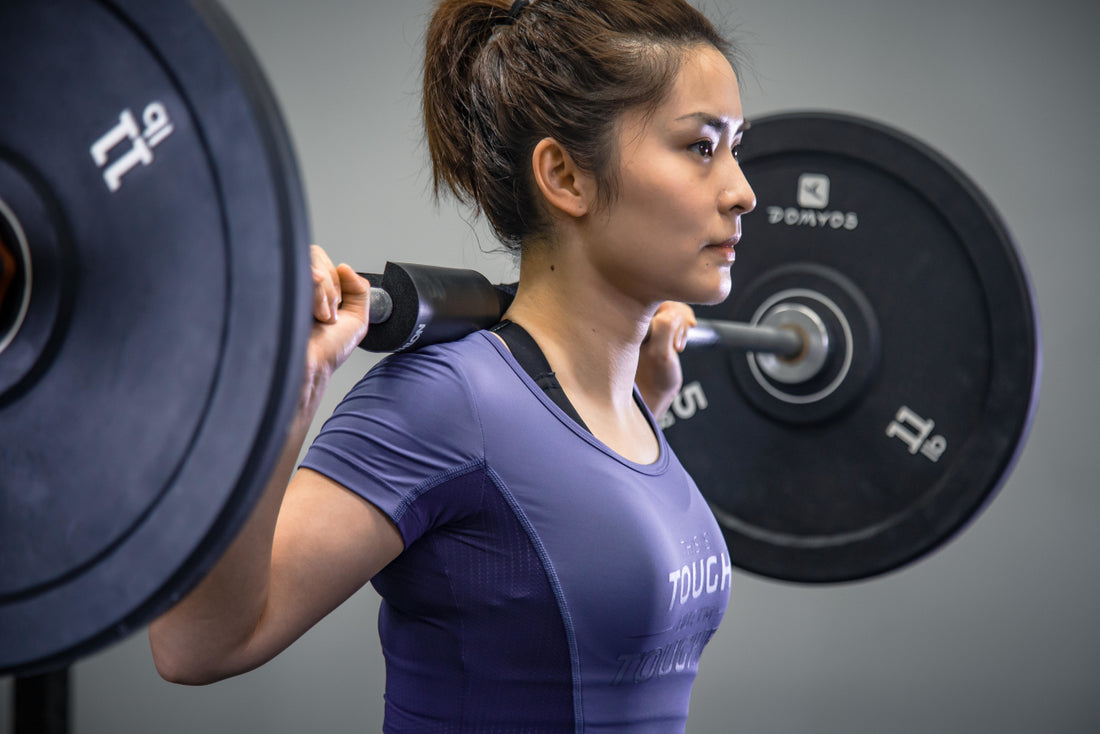Which equipment offers which benefits?
Here's the equipment you'd normally use to get the best results from traditional weight training, listed in order of effectiveness:
• Barbells: these are the basic piece of weight training equipment and are hugely effective. They can be used for training the basic movements and develop maximum strength by recruiting more motor units and more muscle fibers. Newcomers to weight training can start using them after just 2 or 3 weeks of getting used to weights on machines.
• Dumbbells: they offer the same benefits as barbells but separate the left from the right side, while allowing a greater range of motion.
• Cable machines: they give you the freedom to train with a broad range of motion while keeping you safe.
• Weights machines: these machines are primarily aimed at beginners because they make sure you're training safely. They can also be used to complement your barbell work.
For many years, a number of other items have been growing in popularity:
• Kettlebells: they can be used for functional training (which can be useful for your everyday life) and for working specific muscle chains.
• Electrical muscle stimulation: this equipment works on the principle of involuntary muscle contractions. It can be beneficial for active recovery, getting oxygen to the muscles, and helping with muscle tone. This type of training should be paired with traditional weight training. Injured athletes often use electrical muscle stimulation to help rebuild their muscles.
• Straps: suspension trainers are immensely effective. Bodyweight training works all of the deep muscle groups, strengthens the abs and sculpts the figure. Straps are also handy for improving your balance.
How do you get fast results?
There's no point pretending that results will appear within a particular time frame. Everyone's physique is different, and genetic predispositions vary from one person to the next. When you start weight training, it can be hard to know whether your progress will be quick or not.
On top of that, weight gain is variable and certainly isn't linear. It depends on factors such as your lifestyle, age and eating habits, not to mention your weight training program.
In spite of that, you'll see yourself improving at the different exercises week by week, be it through more strength, better endurance, or greater flexibility.
Our advice for improving more quickly and reaching your goals faster is to apply this winning formula: weight training + cardio + stretching + recovery + a suitable diet.
The more rounded your training - with the correct amount of recovery time - the faster you'll see results.
Remember that, in general, you'll only start to see a real difference after 3 months of regular weight training. Again, this varies from one person to another. It's easier to cut and slim down to a wiry physique than it is to gain 15 kilos of muscle mass…
Weight training is a discipline where patience is key!
How many reps for which goal?
Bear in mind that it's generally not the number of repetitions that matters for reaching your weight training goals, but rather the load that determines your final results. In other words, with a given weight, you're always at the maximum of your abilities.
Here are a few pointers to help you achieve your strength goals:
• To increase your max strength: you should do between 1 and 5 reps per set, i.e. 21 to 25 reps in total per basic movement. The load should be between 85% and 100% of your 1RM*
• To gain mass: you should do between 6 and 8 reps per set, i.e. 35 to 80 reps in total per muscle group. The load should be between 80% and 85% of your 1RM.
• To bulk up: you should do between 8 and 12 reps per set, i.e. 80 to 200 reps in total per muscle group. The load should be between 70% and 80% of your 1RM.
• To improve your endurance: you should do between 12 and 20 reps per set, i.e. more than 200 reps in total per muscle group. The load should be between 50% and 70% of your 1RM.
• To cut: to get rid of fat, you should increase your cardio training to burn more calories (treadmill, exercise bike, cross trainer) and follow a hypocaloric diet while still doing weight training to increase your base metabolism. This will enable you to maintain your bulking work during cutting.
















